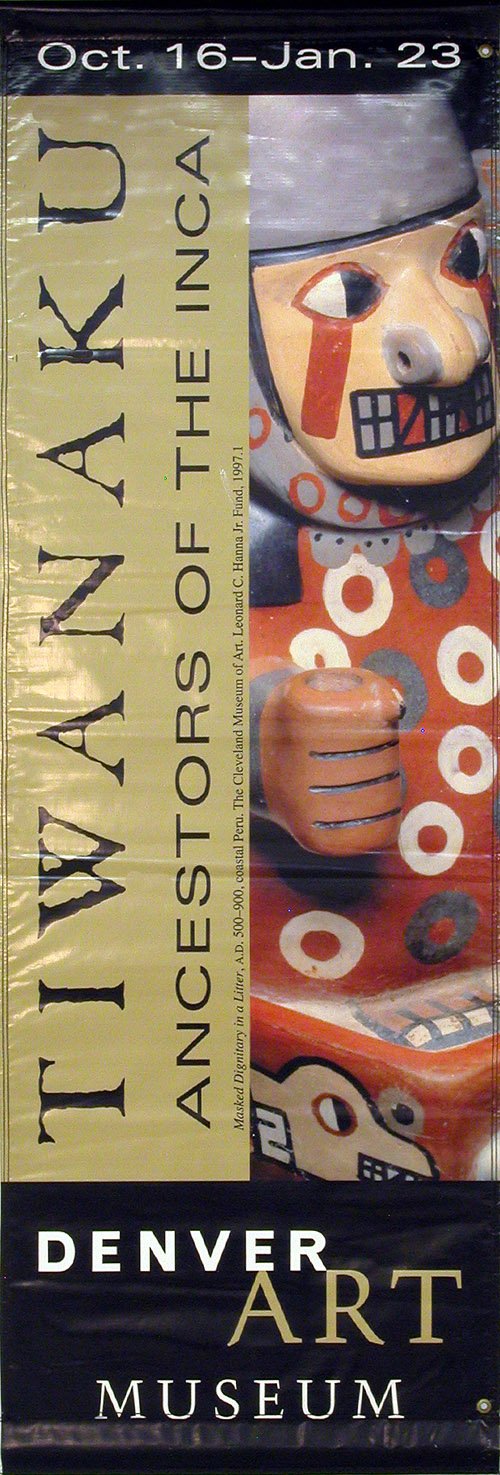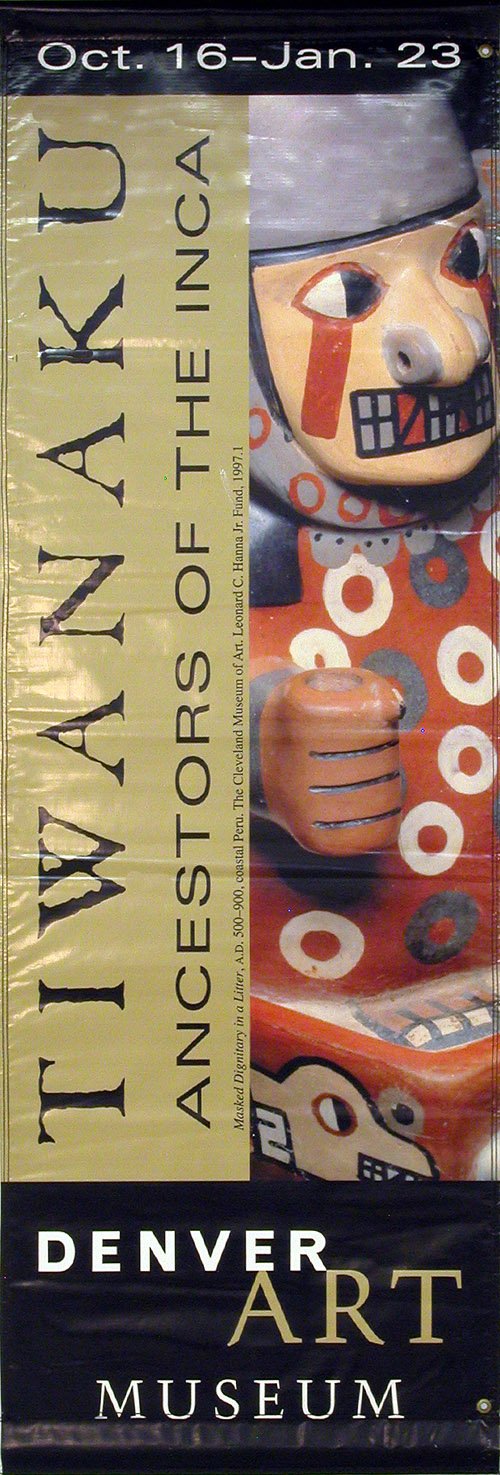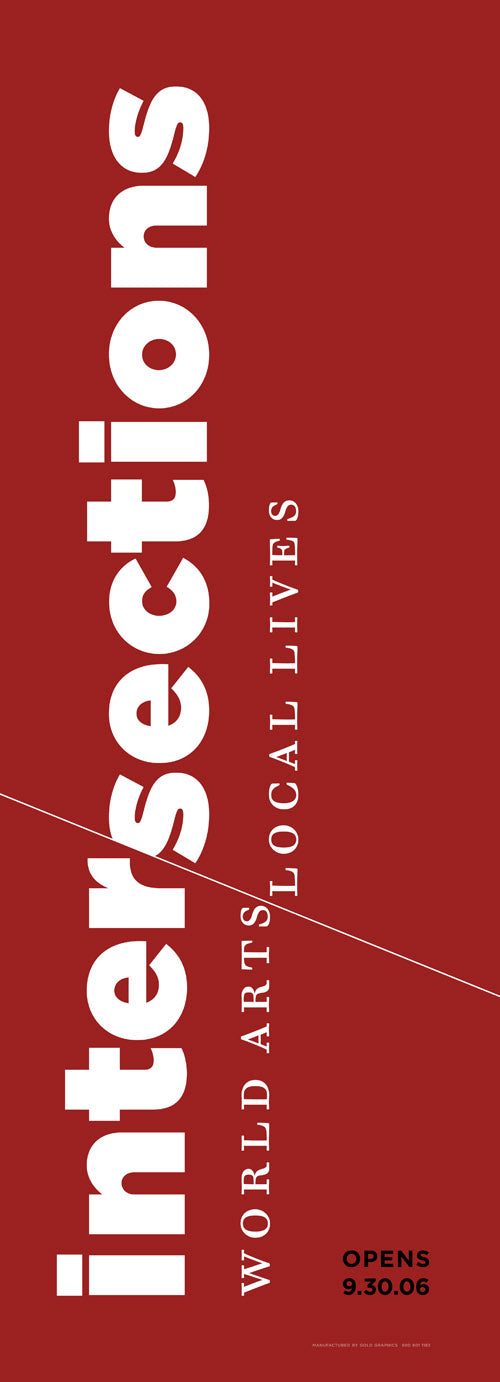Denver Art Museum
Tiwanaku Pre-Inca "Figure"
Tiwanaku Pre-Inca "Figure"
Couldn't load pickup availability
Share
Limited Edition: 14
Exhibition: Tiwanaku: Ancestors of the Inca
Material: Printed 2-ply vinyl
Dimensions: 30" x 89" (76cm x 226.cm)
Hanging Hardware Included
Summary
Taking hallucinogenic drugs. Drinking copious amounts of beer. Decapitating and dismembering people. Sounds like a rather excessive and morbid Halloween party, but, it is just another day of ritual ceremony among the Tiwanaku peoples of the high Andes. These early ancestors of the Inca thrived between 500 and 900 A.D. in the mountains between Peru and Bolivia. 7 banners from the exhibition, Tiwanaku: Ancestors of the Inca, are available.
Description
Where Peru and Bolivia meet, along the shores of Lake Titicaca, lay the remains of a civilization that precedes the more well-known Inca. The city of Tiwanaku, built at over 12,000 feet in the Andes, reached its apogee about 500-900 A.D., then mysteriously disappeared around 1100 A.D. The Tiwanaku had created a bustling city of terraced pyramids and monuments, and they left behind many massive stone structures they had used for worship and other ceremonies. Their religion involved taking hallucinogenic drugs, drinking lots of beer, and dismembering and decapitating people. Lively stuff!
Both the peoples of Tiwanaku, in the high plateaus of Bolivia, and the nearby Wari in the south-central Andes saw a unique relationship between the spiritual and the natural world. These people created art that reflected that relationship, and architecture that rivaled the craftsmanship of ancient Greece. The Gateway of the Sun in Tiwanaku is their best-known monument. Decorated with carved bas-relief ornamentation, this massive stone gateway carefully and accurately describes the annual solar cycle. It was built around the 9th century and was most likely used for ritual purposes.
This banner features a figure of a Masked Dignitary in a Litter from A.D. 500-900. Created by the Wari people, the ceramic piece is of a seated figure in a spotted tunic being carried on a litter, a platform supported by two poles. He sports a helmet and is surrounded by animal deities. The vibrant colors and careful detail are stunning, and indicative of the Waris skill as ceramic artists.
A detail of this grimacing figure is shown on the banner alongside a vertical gold-colored band with the name of the exhibition, “Tiwanaku/Ancestors of the Inca” in black. Bands of black at the top and bottom of the banner include the dates of the exhibition, “Oct. 16 – Jan. 23” and the museum's name “Denver Art Museum” in white and gold lettering. Both sides of this banner are identical.
Provenance
These banners were displayed around Denver, Colorado to promote the exhibition, Tiwanaku: Ancestors of the Inca at the Denver Art Museum. The exhibition ran from October 16, 2004 – January 23, 2005.










